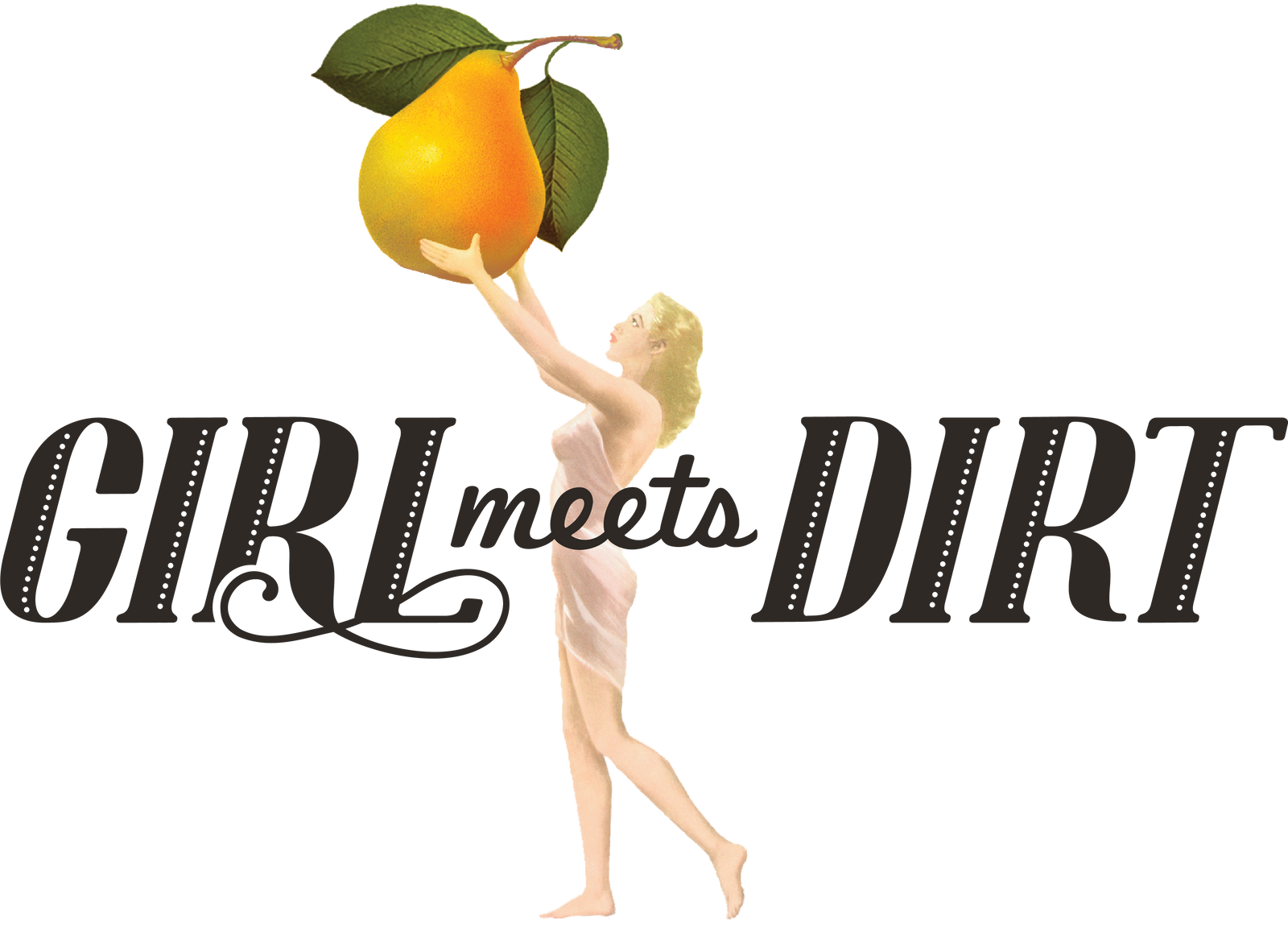What is Sparkling Wine?

The Essence of Sparkling Wine
Sparkling wine, encountered at countless celebrations or casual brunches, sets itself apart in the vino universe due to its bubbly zest. Ever been curious about how those lively bubbles end up in your glass?
Méthode Ancestrale vs. Carbonation
Stepping back in time, the méthode ancestrale stands as the beacon of sparkling wine production. The unique quality comes from secondary fermentation right within the bottle, naturally ushering in the fizz as gasses are trapped in the wine itself. This method, a staple in the renowned Champagne region of France, begets those delicate, subtle bubbles we rave about.
Meanwhile, the contemporary approach leans on vast tanks for fermentation, a gateway for scalable carbonation. Although this may lack the personality depth of its predecessor, it's a guarantee of consistency and affordability. Almost all sparkling wine you can buy at the grocery store is carbonated.
Dive into Girl Meets Dirt's sparkling wines and you're in for a treat. Our offerings pay tribute to age-old winemaking traditions, encapsulating the idiosyncratic allure of each bottle.
Diverse Types of Sparkling Wines
All that sparkles isn't the same. Depending on its birthplace, sparkling wines don diverse monikers and identities:
- Champagne: The creme de la creme from France's Champagne region. A masterpiece from Chardonnay, Pinot Noir, and Pinot Meunier grapes, it's an epitome of class and sophistication. Fun fact- in order to legally be labeled as champagne, a wine must be bottled within 100 miles of the Champagne region in France.
- Prosecco: Italy’s gem, Prosecco offers a fruit-forward palette, courtesy of the Glera grape.
- Cava: Spain’s answer to Champagne, Cava is crafted from native Spanish grapes, giving it a unique taste twist.
Enjoying Sparkling Wine to the Fullest
Armed with your sparkling wine 101, let's delve into the art of savoring it:
- Serving Temperature: A chilled embrace, precisely between 40°F to 50°F, is where sparkling wines shine. This frosty touch seals the effervescence deal.
- Glassware: Traditionally, flute or tulip-shaped glasses have been used for sparkling wines. These silhouettes keep the bubbles bustling and aromas sharp. We’re not picky though- you can use whatever shape wine glass feels most “you.”
- Food Pairings: The dynamism of sparkling wine is in its pairing prowess. From fresh seafood delights, rich pasta plates, or even a humble bowl of salty popcorn, there’s a sparkling wine that sings in harmony. Why not elevate your dining experience with dishes like the Smoky Cauliflower Frittata or a playful dessert like the Ice Cream Shrub Soda Float?
In the heart of Girl Meets Dirt, tradition and terroir blend seamlessly. Whether you’re a wine connoisseur or a newbie, we hold that each sip should echo celebration. So, why not toast with sparkling wine that whisks you off to the verdant vineyards and orchards of the San Juan Islands? Cheers!



